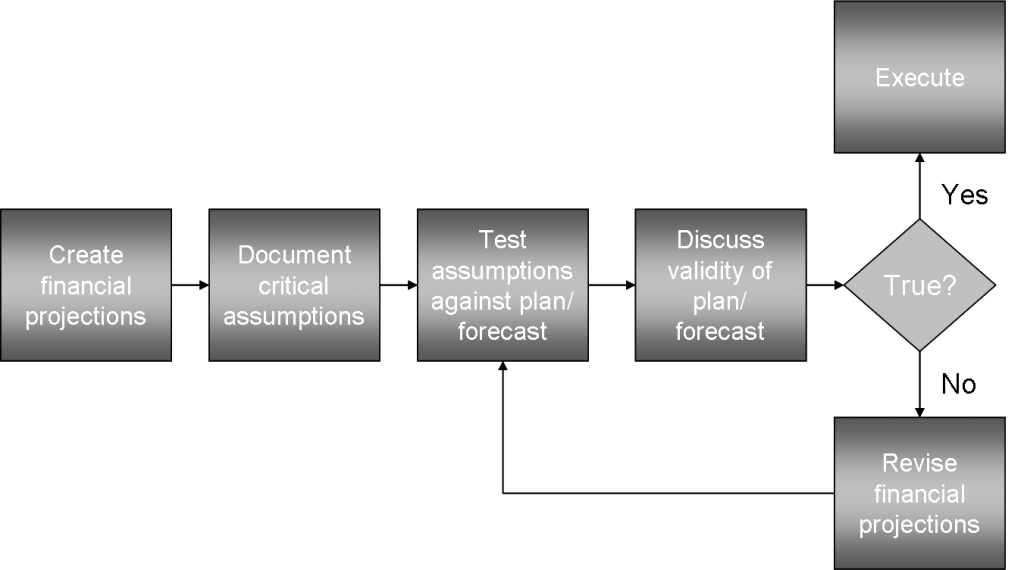Discovery-driven planning
A few weeks ago I researched ideas for improving current planning and forecasting approaches. I stumbled upon a methodology that I had long forgotten. It is called ‘Discovery-driven planning’ and it was developed by Rita Gunther McGrath and Ian C. MacMillan. The idea was first published in the July 1995 issue of the Harvard Business Review. While I do not want to go into any details of this approach, I do highly recommend reading the original article. It is very inspiring and thought-provoking. Today, I want to look at some lessons that we can apply to our forecasting and planning processes. However,
The basic idea
Discovery-driven planning is a multi-step planning approach designed for new ventures. It encourages planners to move away from the traditional process of just creating financial projections. One of the core idea of the discovery-driven planning methodology is to develop a set of detailed assumptions around the projections. They should also be quantified and tested against the plan. What it does is the following: Rather than just saying “These are the results we are expecting” you now have a platform for answering a critical question “What has to prove true for our plan/ forecast to work?”. You should rank the assumptions by importance and/ or the level of uncertainty. The process of developing this should be quite valuable itself and one should be in a position to identify critical problems or opportunities. Once the assumptions have been created and tested, they should be assessed on an on-going basis.
Enhance your processes
It’s difficult to disagree with this idea. It’s not rocket-science but it makes perfect sense. Yet, we hardly ever use this approach. Our plans and forecasts are developed as if we could predict the future. Yet, we all know that this is not the case. Various studies, for example, have shown that over 60% of all annual budgets are outdated within the first fiscal quarter. I therefore believe we can significantly improve our processes by incorporating critical assumptions. Not just at the top level but also at the individual contributor level. The resulting process could look like this, for example:

An example
Let’s assume we are a sales manager. We have to develop a sales forecast for the next quarter. Following a best practices approach, we only look at our best customers in detail. We spend time developing the forecast – revenue numbers by customer, by product family, by month. Perfect. The numbers look great when we compare them against budget. And our boss is happy with the look of the forecast.

Most processes stop right there. A good manager would probably ask a few tough questions here and there. But developing assumptions allows us to go further than that. Incorporating this into the process as a step could help us identify risks and opportunities. Below is a simplified example:
 Now we can easily see that there is significant risk. And we now have to ability to act on this. The sales manager, for example, could sit down with product management to validate product release dates.
Now we can easily see that there is significant risk. And we now have to ability to act on this. The sales manager, for example, could sit down with product management to validate product release dates.
Next steps
Discovery-driven planning represents a very interesting and pragmatic approach. I highly recommend that you read more about this topic. The idea of incorporating assumptions and their test into our daily planning and forecasting exercises could be quite powerful. It’s not rocket-science. Some companies already do this. However, it is usually done at a high level (GDP growth above 2.5%). Managers at all levels can benefit from this idea.

Comments
3 responses to “Lessons from the discovery-driven planning approach”